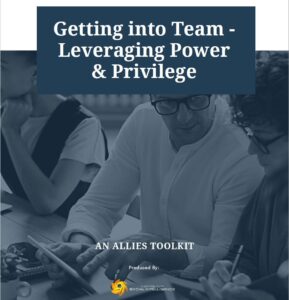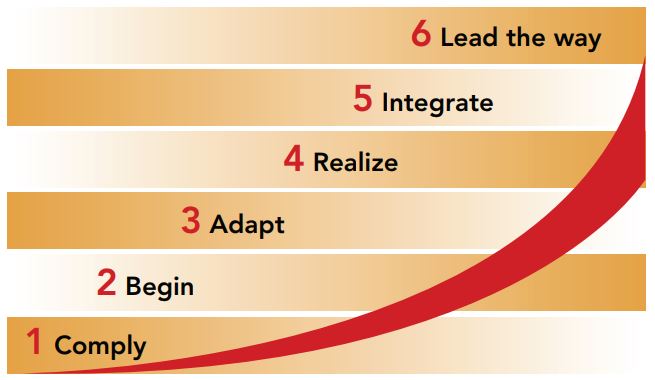Creating a Gender Transformation Movement for A Better Workplace Culture
The Cost of Doing Nothing

Photo: The Boss Magazine
Gender Equality in the workplace
Women represent only 17% or less in each of the natural resource sectors (mining, oil and gas, forestry) and are not equally placed across levels and types of jobs. Roughly fifty percent of women work in human resources and finance departments, with only 4% in trades and production. Yet the availability of the workforce is 48%.
It is well documented now that companies with mixed gender Boards and senior management positions outperform those with all male leadership (with dividend yields of 1.5 for gender diversity versus 0.75 returns without)[i]. Furthermore, women tend to take better care of equipment in the trades positions and have lower turnover of staff in the senior executive roles.
Specific indicators of success are found in improved governance and less maintenance costs which lead to greater economic returns. Not engaging women in the natural resource sector leads to greater costs – It is simply a smarter business decision to have a gender diverse workforce.
What Is Slowing Down Progress In Gender Equality?
Companies have been reactive and scattered in their response and approach to attracting and retaining women in their organizations. The time has come to find a comprehensive and sustainable approach to affecting cultural change for a gender equal work environment. Creating a workplace culture that is gender equal includes a respectful, open and considerate environment, one where the corporation is in tune with its cultural strengths and weaknesses. Executive leadership is required throughout the C-Suite that not only understands the business case for more women in the company but also understands how to implement action.
It has taken time for data to be collected and analyzed to tell a coherent and compelling business case for executives to onboard the need for gender equality in their company. Now, the challenge is in knowing how to effectively implement change within the culture to attract and retain women. Progress has been slow because of the inability to fully understand the economic imperative for action and then the most effective and efficient process for affecting changes within the company. Strong leadership plays a key role in affecting this change.
Achieving The Triple Bottom Line In Natural Resource Industries
Leading organizations across all sectors are realizing that they can truly achieve the triple bottom line of sustainable development by investing in women. The “social” element of sustainable development has traditionally been seen as a financial “loss”, as the investment is one directional – for example on such things as funding stakeholders to participate in a public consultation process of a given project. However, investing in women, with the business case supporting the decision, demonstrates a clear return on their “social” investment. Invest in women, and women will increase your bottom line.
Benefits of Women in Senior Executive Roles and Trades: Gender Equality Business Case
There is now a plethora of research documenting how women in trades and senior executive roles in the energy and mining sectors is economically beneficial to an organization (MiHR, 2016; Nielson & Huse 2010; EHRC 2017; Pearl-Martinez 2015). Highlights of the benefits include:
- Increased return on investment – women add twice the value to the organization
- Improved safety – women have track record for adhering to safety standards
- Women take better care for equipment which leads to reduced operating costs
- Improved reputation of your company – Corporate Social Responsibility, Extractives International Transparency Initiative – increasing pressure from International bodies to address gender issues
- Better communications among board and throughout company
- Better decision making and consideration of stakeholders
The Centre for Social Intelligence (CSI) Gender Agents will assist companies with developing an effective and transformative gender champion team in your organization. Through training and skills development, and effective change management processes, your company will systematically shift its culture to a gender equal and sustainable workplace. One that recognizes the benefits of both men and women at all levels and areas of the business, giving both men and women equal opportunities for advancement and career mobility.
Contact Kelly Cooper, President CSI to learn more about the steps involved in creating a gender equal work environment and learn about gender equality in the workplace certification. Having an approved certification standard allows companies bragging rights that their workplace is gender equal, attracting and retaining the best in their sector.
[i] Women in Mining Canada (2017) Welcoming to Women, An Action Plan for Canada’s Mining Employers”.






